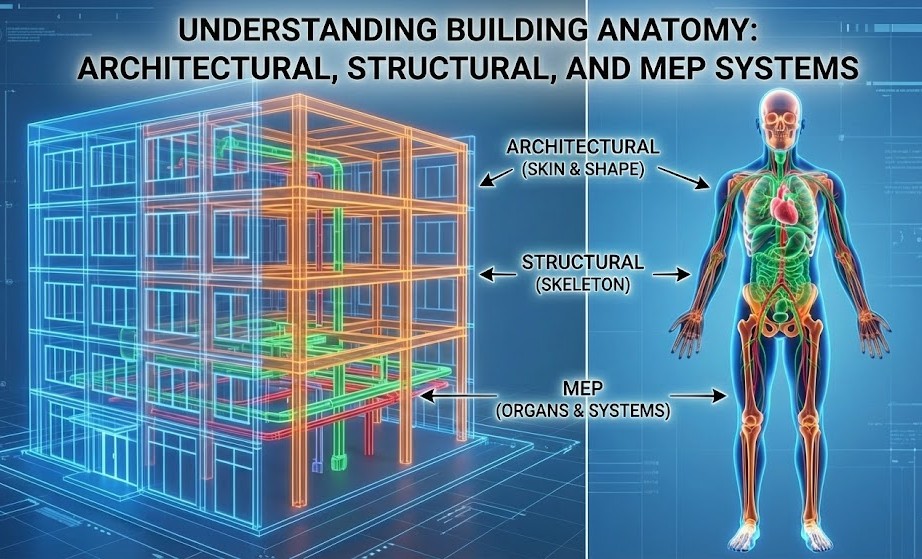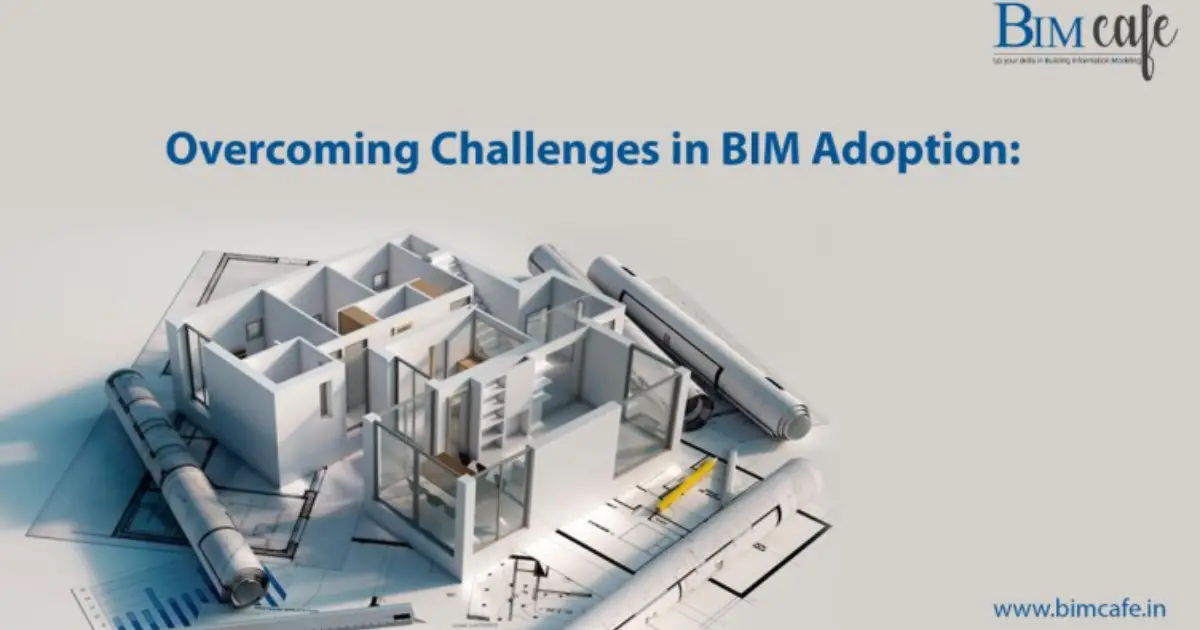
Author: Devika R
June 9, 2023
Read time not available
Introduction:
Building information modelling (BIM) has transformed the construction sector by fostering better project outcomes, more efficiency, and improved cooperation. The effective implementation of BIM is not without its difficulties, though. When incorporating BIM into their operations, many organisations run into difficulties. This essay will look at actual projects and the lessons discovered via overcoming obstacles to BIM adoption. Organisations might avoid potential pitfalls and guarantee an easier transition to BIM by comprehending these lessons.
Resistance to Change:
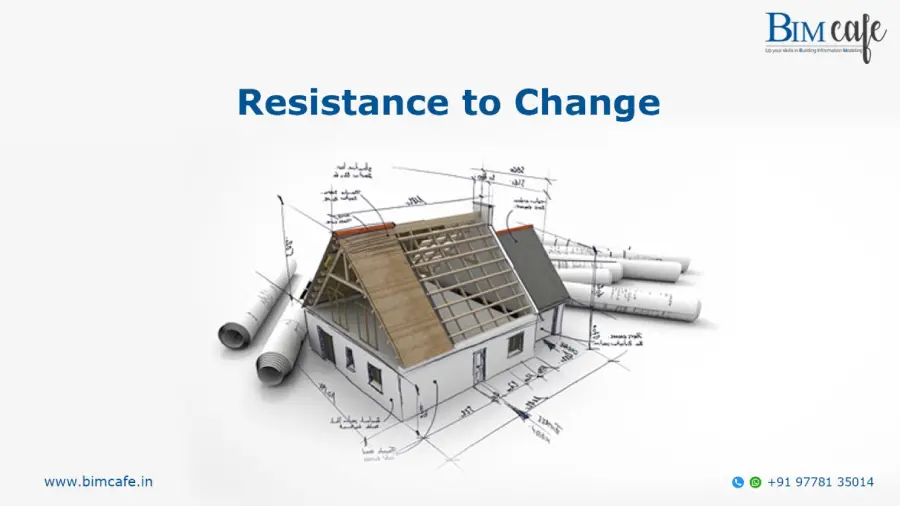
One of the main obstacles to the adoption of BIM is stakeholder resistance to change. The industry has been heavily reliant on conventional design and construction techniques for many years. It is essential to communicate the advantages of BIM and to show its worth to all stakeholders. Successful tactics for overcoming opposition and promoting team member buy-in will be demonstrated through real-world scenarios.
Lack of BIM Expertise and Training:
BIM implementation calls for a qualified workforce familiar with BIM tools and techniques. Many businesses struggle to find BIM specialists or to give their current employees the right training. This section will emphasise the value of funding training initiatives, working with educational institutions, and exchanging best practises for employee upskilling.
Communication and Collaboration:
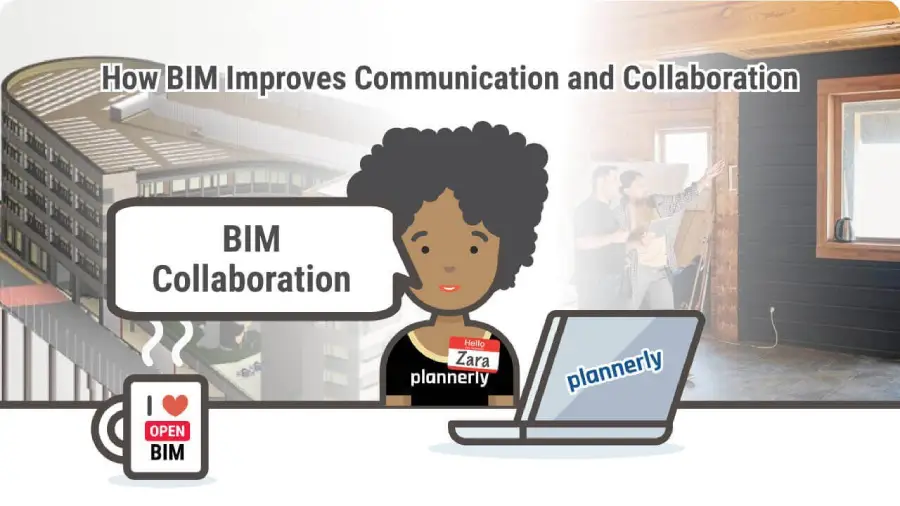
BIM promotes communication and collaboration between the various project stakeholders, including the architects, engineers, contractors, and owners. Establishing efficient workflows and communication channels, however, can be difficult. This section will examine practical methods to enhance cooperation and communication throughout the project lifecycle, including regular coordination meetings, integrated project delivery techniques, and the usage of cloud-based platforms.
Legal and contractual considerations:
Including BIM in contracts and legal frameworks for projects might be difficult. BIM technology developments have not yet been fully reflected in many contracts and legal agreements. Real-world examples will show how to solve legal and contractual issues successfully, including how to create BIM-specific contract terms, specify who owns the data and for what purposes, and create transparent responsibility frameworks.
Scalability and Standardization:
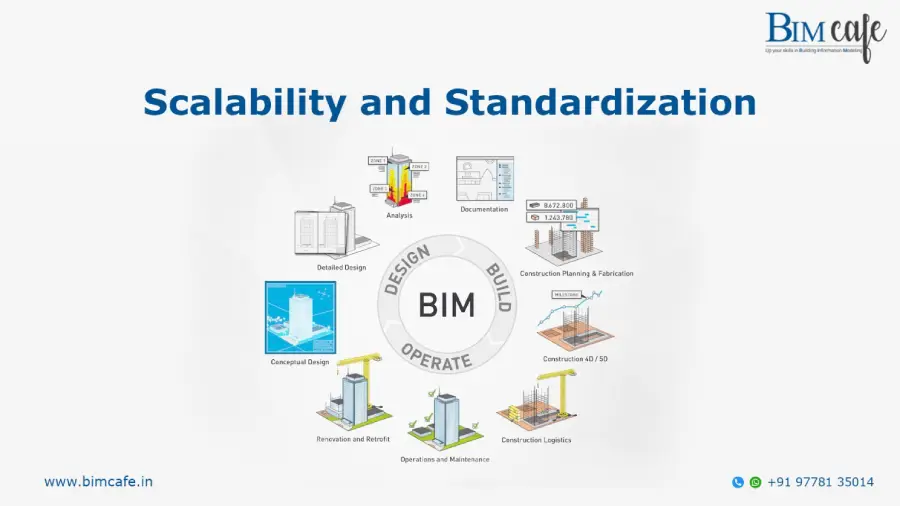
Scalability and standardisation issues arise when BIM usage is increased from a project-by-project basis to an industry- or organisation-wide level. In order to address difficulties like developing BIM standards, fostering interoperability, and coordinating procedures and workflows across many projects, this section will discuss lessons acquired from extensive BIM implementations.
Conclusion:
Organisations can acquire important lessons about how to successfully use BIM in their workflows by looking at real-world projects and the lessons learnt from overcoming obstacles in BIM adoption. A seamless and successful transition to BIM requires overcoming change resistance, making investments in training and upskilling, streamlining data administration, fostering collaboration, addressing legal issues, and assuring scalability and standardisation. In the end, adopting BIM can bring about a variety of advantages and improve the construction sector.
We can explore what it takes to become a BIM engineer in this blog post. Everything Will be discussed, including educational prerequisites and job seeking tactics. So grab a brew and come on over to BIM Cafe if you’re eager to discover how you can get involved in this fascinating subject!
Certainly! If you’re interested in learning more about BIM Cafe & Professional courses, you can contact the BIM Cafe team for further information. You can reach them through the following contact details:
Email: [email protected]
Phone: +91 97781 35014, +91 90721 35014
Social Medias:https://www.instagram.com/bimcafe/, https://shorturl.at/FGO47
BIM Cafe offers comprehensive training on Building Information Modeling, covering both the fundamentals (basic) and advanced (professional) aspects of the subject. They can provide you with detailed course information, curriculum, duration, fees, and any other specific inquiries you may have.
Feel free to reach out to them via email or phone, and they will be able to assist you further with your BIM training needs.


